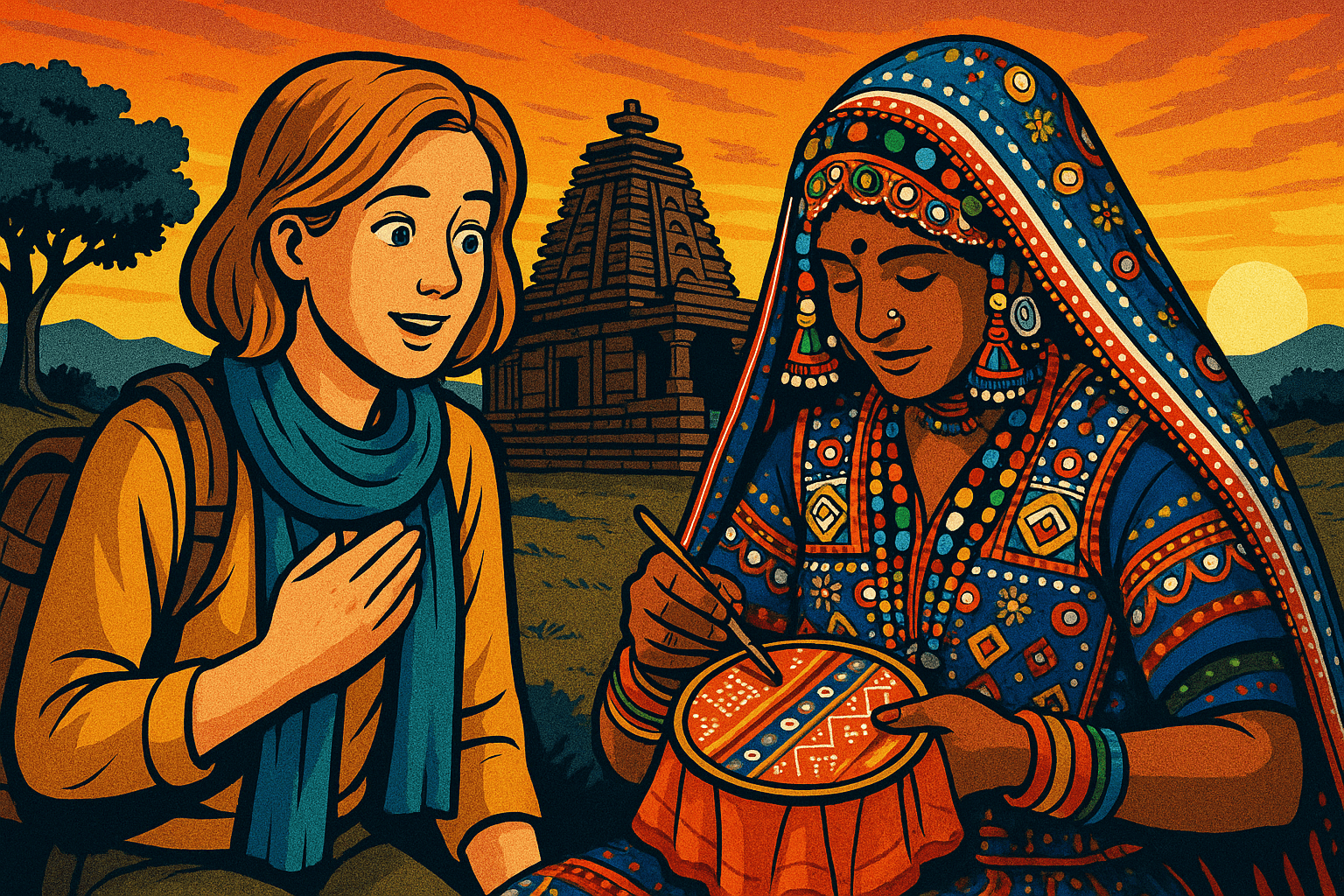Discovering the Art of Lambani Embroidery: A Journey to Haveri
Kratika Nyati
Jun 22, 2024

Recently, I had the incredible opportunity to explore the vibrant world of Lambani embroidery in Haveri, a town steeped in rich cultural traditions. This journey was part of NIFT's Craft Cluster initiative, which aims to preserve and promote India’s diverse textile heritage. As I dove into the intricate details of this ancient craft, I discovered not just the techniques involved but also the heart and soul behind each stitch.
The Allure of Lambani Embroidery

Lambani embroidery traces its roots back to the Lambani community, a group of nomadic tribes known for their rich cultural heritage. This unique art form has been passed down through generations, showcasing the skill and creativity of the artisans. Each piece of Lambani embroidery tells a story—from intricate patterns and vivid colors to symbolic motifs. The cultural significance of this craft goes beyond aesthetics; it reflects the identity, traditions, and history of the Lambani people, making it an invaluable part of India’s textile landscape.
NIFT's Craft Cluster Initiative

NIFT's Craft Cluster program plays a crucial role in revitalizing traditional crafts like Lambani embroidery. This initiative works towards safeguarding these age-old techniques while empowering local artisans. By providing training, resources, and a platform for showcasing their work, NIFT helps artisans preserve their legacy and adapt to contemporary markets. It was inspiring to witness how the program encourages creativity while respecting tradition, breathing new life into these crafts that might otherwise fade into obscurity.
As I delved deeper into Lambani embroidery techniques, I was captivated by the materials used. Artisans employ vibrant threads, often made from cotton or silk, and embellish their work with mirrors and beads. The patterns are typically geometric and floral, a reflection of the natural world around them. Learning about the different stitching techniques was eye-opening; from the traditional ‘kutch’ stitch to the intricate ‘kantha’ stitch, each technique requires immense skill and precision.
One of the highlights of my visit was the opportunity to interact with the local artisans. Hearing their stories and watching them work was profoundly moving. They shared their experiences, the challenges they face, and their unwavering commitment to their craft. I was fortunate enough to learn a few basic stitches myself, and I gained a newfound respect for the patience and dedication that goes into every piece of embroidery. The artisans’ passion is contagious, and it was clear that this craft is not just a means of livelihood, but a way of life for them.
Reflections on Craftsmanship
